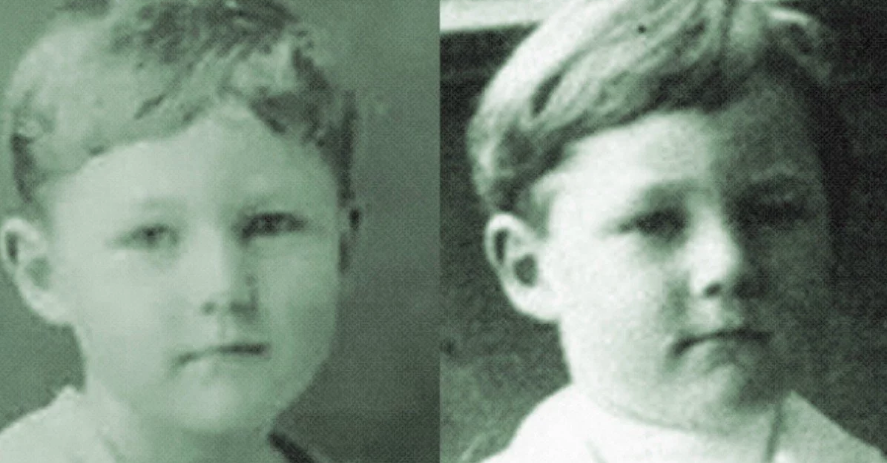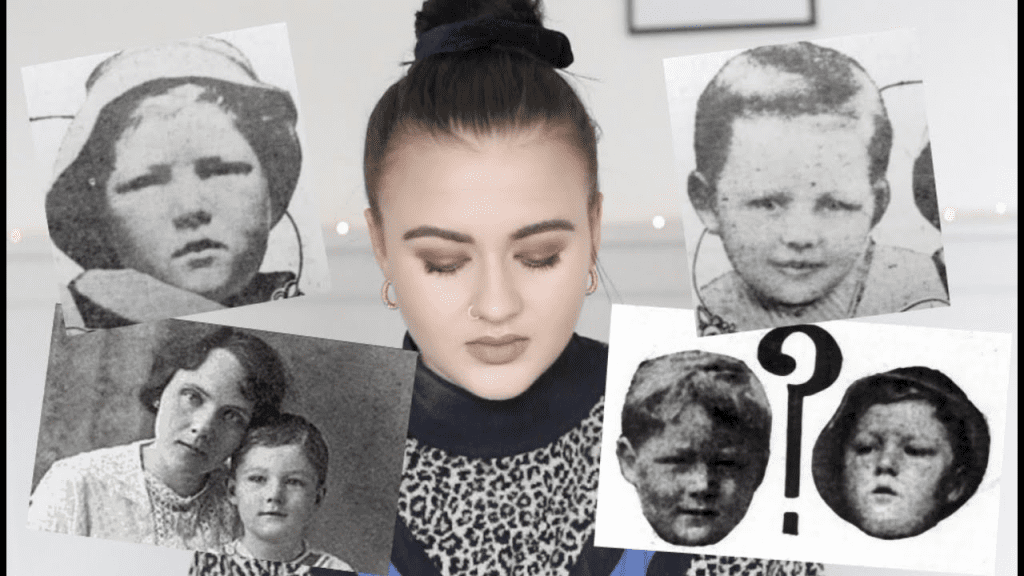In 1912, a 4-year-old boy named Bobby Dunbar vanished during a family outing in Louisiana. What followed became one of the most baffling and heartbreaking cases in American history a missing child recovered, a family reunion celebrated, and nearly a century later, a DNA test that unraveled it all. What was once considered a happy ending turned out to be a tragic case of mistaken identity and a lifetime lived under the wrong name.

The Disappearance That Shocked a Nation
It all began on August 23, 1912. Bobby Dunbar was spending the day with his family at Swayze Lake in Louisiana when he mysteriously disappeared. Despite a massive search that involved bloodhounds, boats, and volunteers, no trace of the little boy was found.
The Dunbars were devastated. The public was captivated. Newspapers followed the story closely, and theories abounded had Bobby drowned? Was he kidnapped? Weeks turned into months. And then, a miracle or so it seemed.

The Boy Found in Mississippi
Eight months later, a young boy matching Bobby’s description was found in the custody of a traveling handyman named William Walters in Mississippi. Walters claimed the child was not Bobby Dunbar, but a boy named Bruce Anderson the son of Julia Anderson, a woman who worked for his family.
Video:
The Bizarre Disappearance of Bobby Dunbar
The Dunbars were contacted, and they traveled to Mississippi to identify the boy. Accounts vary some say the boy recognized his mother; others say he cried and didn’t seem to know her. Still, the Dunbars took him home, insisting he was their Bobby.
Julia Anderson later came forward, claiming the child was her son. However, she was poor, unmarried, and lacked the resources to fight in court. Public opinion leaned heavily toward the Dunbars, and Walters was convicted of kidnapping though he maintained his innocence until the end.
A Life Built on a Lie
The boy grew up as Bobby Dunbar in Louisiana, living a full life with his “family.” He married, had children, and never publicly questioned his identity. The case faded into history, largely considered a mystery solved until his granddaughter started asking questions nearly 100 years later.
In the early 2000s, Margaret Dunbar Cutright began digging into her family’s past. What she found didn’t sit right. Conflicting newspaper accounts, testimonies that were brushed aside, and a mother whose claims had been ignored for convenience and social bias.
She decided to pursue DNA testing.

The Truth Comes Out
In 2004, a DNA test was conducted comparing Bobby Dunbar’s descendants to those of his supposed brother. The result was shocking: there was no biological relationship. The boy who had lived his entire life as Bobby Dunbar was not a Dunbar at all. He was, as William Walters and Julia Anderson had said all along, Bruce Anderson.
It was a truth buried by time, prejudice, and the desperation of a grieving family. The real Bobby Dunbar’s fate remains unknown to this day.
Video:
The Family Who Never Knew Their Son Was Replaced
A Story of Grief, Injustice, and Legacy
The Bobby Dunbar case is more than a story of a missing child. It’s about how grief can blind judgment, how society can fail the marginalized, and how truth can lie dormant for decades waiting for someone brave enough to uncover it.
Julia Anderson was painted as an unreliable woman, but time has vindicated her. William Walters was labeled a criminal, yet he may have been the only person telling the truth. And Bruce Anderson, raised as Bobby, lived a life shaped by choices he never made.

Conclusion: The Power of Truth Across Generations
Today, the story of Bobby Dunbar stands as a haunting reminder of how easily the truth can be lost and how powerful it can be when finally revealed. Thanks to DNA and the persistence of one determined granddaughter, the record was set straight, even if it took nearly a century.
History doesn’t always hand us clean endings. Sometimes, it offers a second look and the chance to get it right.


